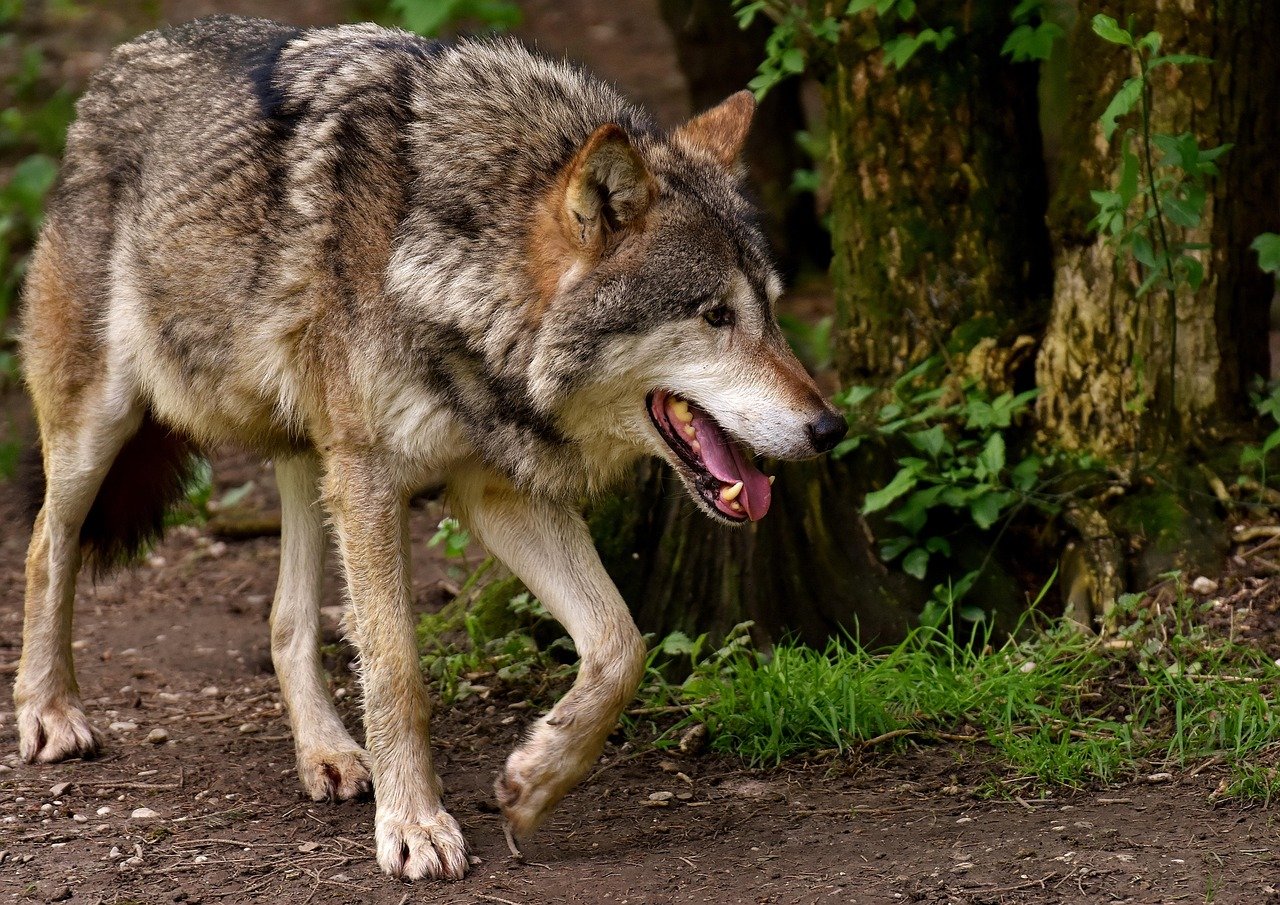Have you ever heard of a single animal bringing an entire landscape back to life? Yellowstone National Park experienced just that kind of magic with the return of the wolf. It almost sounds like something out of a fairy tale: gray wolves, once missing from the park, transformed rivers, revived forests, and restored balance to an entire ecosystem. But this isn’t just a story—it’s a breathtaking reality that has amazed scientists, animal lovers, and nature enthusiasts around the world. If you care about wildlife, you’ll want to know how these incredible creatures did it.
The Disappearance of Wolves: Yellowstone’s Tipping Point
Back in the early 20th century, wolves were hunted to extinction in Yellowstone National Park. People feared them, blamed them for livestock losses, and believed the park would be better off without these top predators. However, their absence created a ripple effect that no one saw coming. With wolves gone, elk populations exploded. These large herbivores started overgrazing young trees and shrubs, stripping riverbanks bare and leaving forests struggling to recover.
As years passed, the park’s plant life began to vanish. The once-lush valleys turned patchy and bare, making it hard for other animals to survive. Many species of birds lost their nesting grounds, and beavers found it difficult to find suitable trees for building dams. The land was out of balance, and Yellowstone’s famous wild beauty was fading.
The Return of the Wolves: A Bold Experiment

In 1995, after decades of debate and planning, wildlife officials made a daring decision: they brought wolves back to Yellowstone. Fourteen gray wolves were released into the park, and soon after, more followed. It was a risky move—no one was certain how it would play out or if the wolves would even survive. But what happened next surprised even the most optimistic scientists.
As the wolves settled in, they began to hunt elk, their natural prey. This immediately shifted elk behavior and reduced their numbers over time. The change was almost instant; elk no longer lounged lazily in the open meadows, munching on young trees. They became more cautious, moving frequently to avoid wolf packs. This simple change set off a chain reaction that would transform the entire ecosystem.
Elk on the Move: The Power of Fear
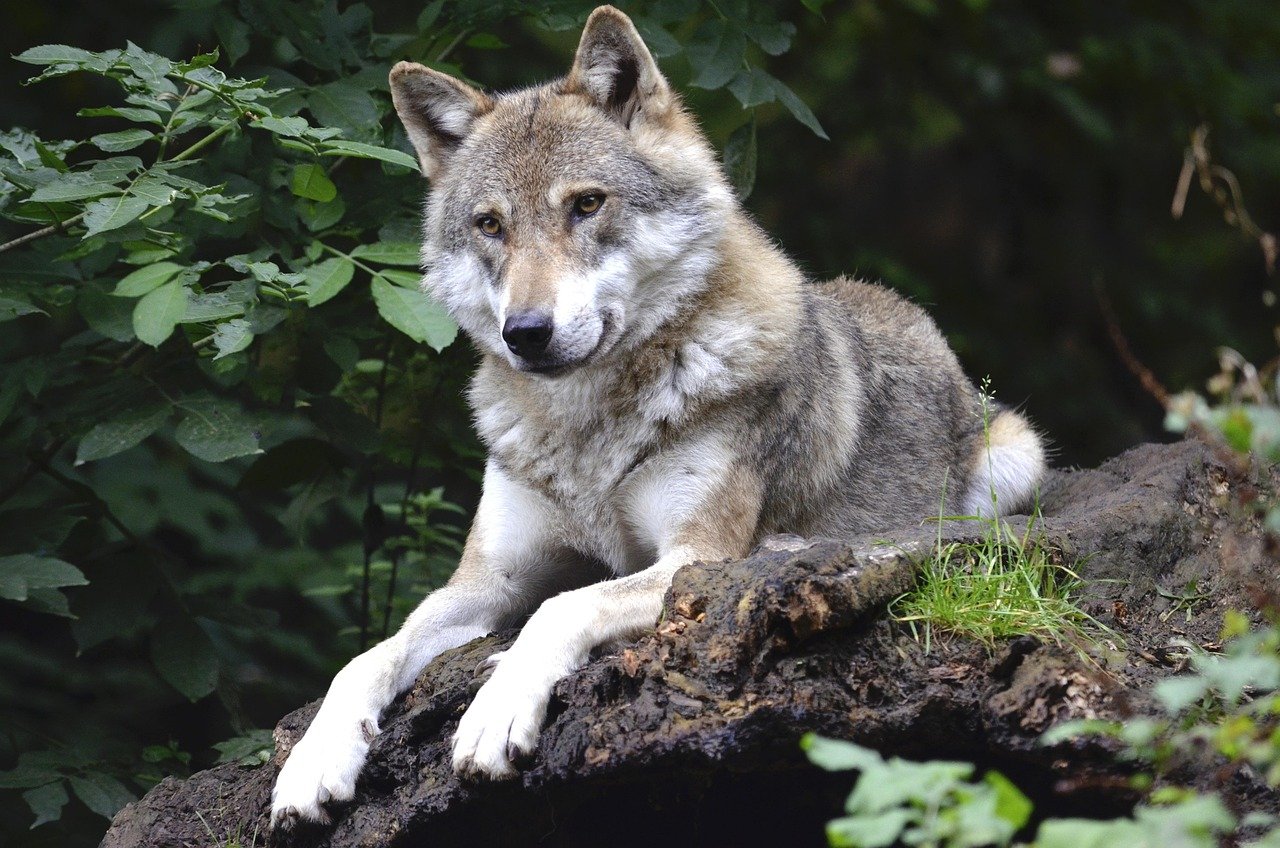
With wolves back on the scene, elk could no longer linger for days by the riverside, eating every willow and aspen shoot in sight. Suddenly, the presence of predators made them skittish. Elk began to avoid certain areas altogether, especially those where they felt most vulnerable to a wolf attack. This new behavior allowed young trees and shrubs to finally grow.
The results were dramatic. Willow, aspen, and cottonwood trees sprang up along streams and riverbanks. These plants hadn’t had a chance to thrive for decades. Now, with fewer elk hanging around, the landscape began to recover, slowly but surely. It was like watching a garden come back to life after a long drought.
The Return of the Beavers

Beavers are nature’s engineers, but they had almost disappeared from Yellowstone by the time wolves returned. With little willow and aspen left to munch on, beavers couldn’t build the dams or lodges they relied on for shelter. But as the vegetation along riverbanks bounced back, something incredible happened—the beavers came back, too.
As beavers returned, they started to shape the landscape in their own unique way. Their dams slowed down streams, creating ponds and wetlands. These watery habitats attracted ducks, otters, amphibians, and even fish. The beavers’ industrious work didn’t just benefit them; it created little oases of life all over the park.
Changing Rivers: Wolves and the Waterways
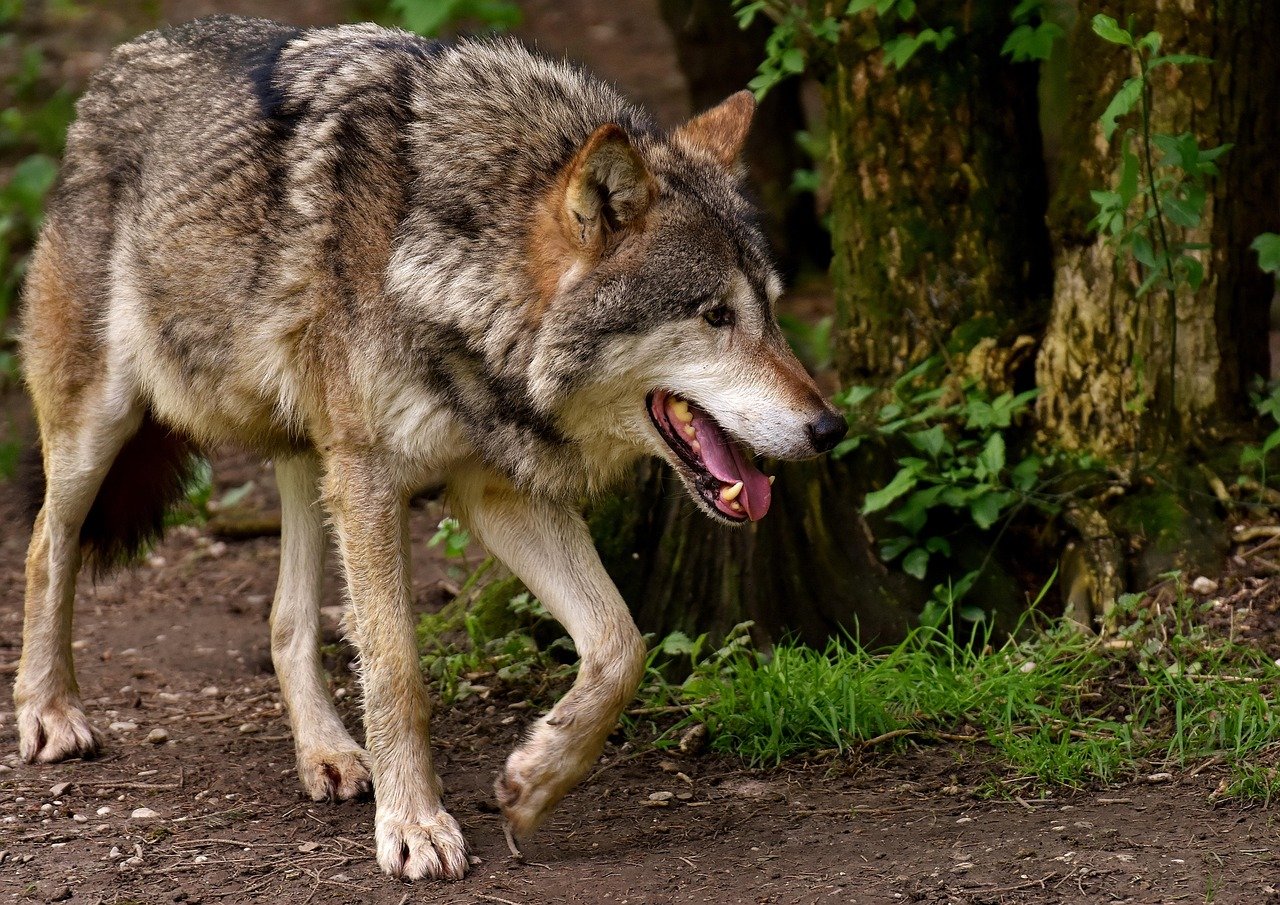
The most surprising impact of wolves might be what happened to Yellowstone’s rivers. When elk stopped grazing every plant along the water’s edge, willow and cottonwood roots took hold. These plants stabilized the banks, making them less likely to erode during heavy rain or snowmelt. As a result, the rivers began to flow more smoothly, meandering naturally instead of cutting deep, eroded channels.
The rivers became healthier, supporting more fish and aquatic insects. Birds returned to nest in the new trees, and frogs found safe havens in the beaver-created ponds. The presence of wolves, indirectly, had helped heal Yellowstone’s waterways. It’s a powerful reminder that everything in nature is connected.
More Songbirds and Small Mammals
Bird lovers noticed another big change after wolves returned: the songs of warblers, flycatchers, and other birds grew louder each spring. The regrowth of trees and shrubs along the streams offered perfect nesting spots and shelter for a variety of songbirds. Species that had once vanished from certain areas were now coming back, their cheerful notes filling the air.
Small mammals also benefited from the lush undergrowth. Rabbits, mice, and voles found more places to hide from predators and more food to eat. With the wolves managing the elk, the entire food web was being restored from the ground up. The park began to feel alive again, teeming with creatures great and small.
Boosting Scavengers: More Food for All
Wolves don’t just hunt for themselves; they share their meals with a whole cast of other animals. When a wolf pack takes down an elk, there’s always meat left behind. Coyotes, foxes, eagles, ravens, and even bears swoop in to feast on the remains. This abundance of leftovers, known as carrion, is a lifeline for many scavengers that struggle to find enough food in the wild.
These scavengers play their own important roles, cleaning up carcasses and spreading nutrients throughout the ecosystem. With more food available, their populations grew healthier and stronger. It’s a perfect example of how one species can help many others simply by doing what comes naturally.
Reducing the Coyote Population
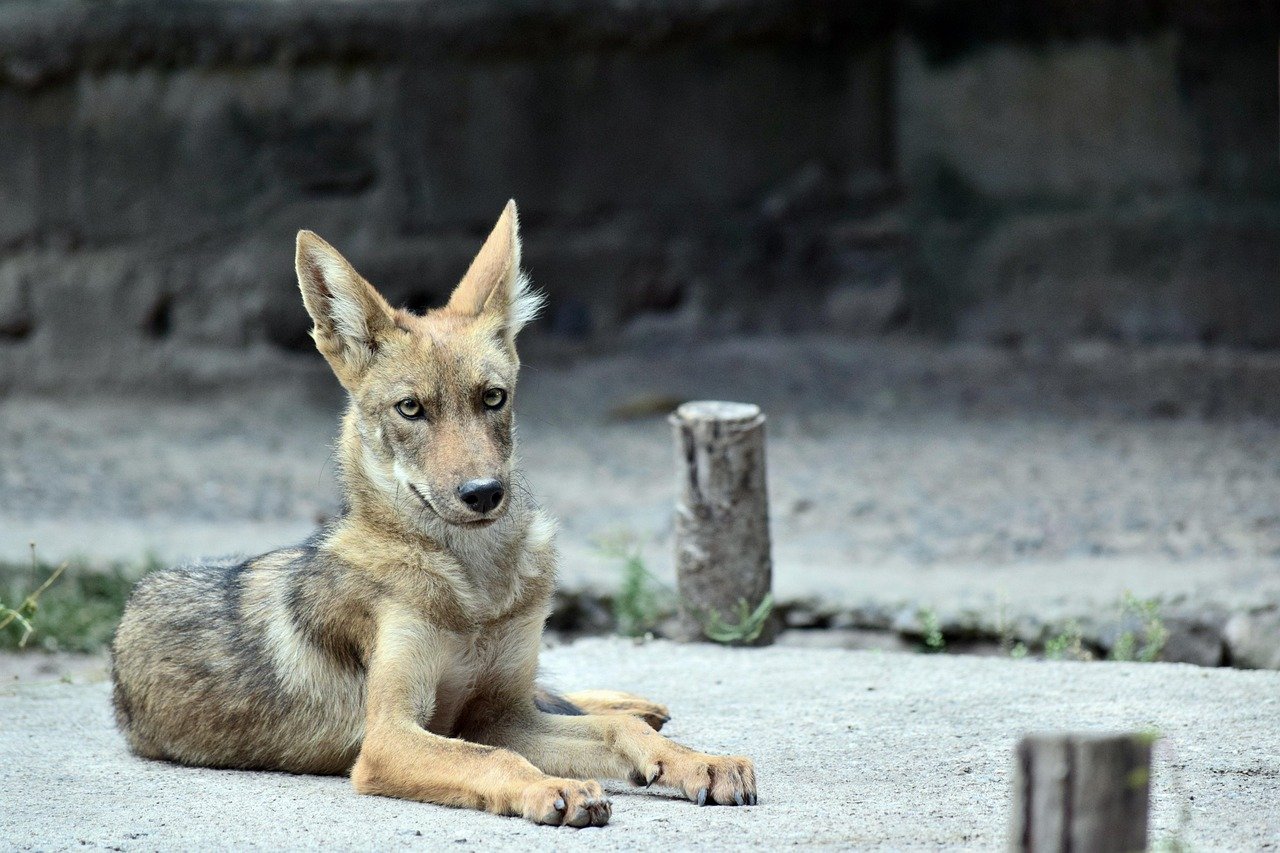
Coyotes are clever and adaptable, but when wolves were gone, they became the top predator in Yellowstone. Their numbers soared, which put a lot of pressure on smaller mammals and birds. Coyotes hunted young deer, rabbits, and ground-nesting birds, making it hard for these species to thrive.
When wolves came back, they competed with coyotes and even chased them away from prime hunting grounds. As wolf populations grew, coyote numbers dropped. This allowed smaller predators and prey to recover, restoring a more natural balance to the park’s complex web of life.
Plant Diversity: A Colorful Comeback

With fewer elk overgrazing and healthier rivers, Yellowstone’s meadows and forests became more colorful. Wildflowers, grasses, and shrubs that had been eaten down to stubs began to flourish again. This explosion of plant life attracted butterflies, bees, and other pollinators, making the landscape buzz with activity.
This greater plant diversity meant that animals up and down the food chain had more options for food and shelter. It wasn’t just the big, visible animals that benefited—everything from insects to birds to bears found their world a little richer, a little more vibrant, thanks to the wolves’ return.
Wolves and Balanced Ecosystem
A healthy, balanced ecosystem is better able to handle big changes, like wildfires or droughts. By bringing back wolves, Yellowstone’s forests and meadows grew stronger and more resilient. The new trees and shrubs helped store more carbon, which can help slow down climate change in a small but meaningful way.
The ponds and wetlands created by beavers, with the help of returning vegetation, held water longer during dry spells. This provided crucial resources for animals during tough times. The entire park became more adaptable, all because one missing piece—the wolf—was put back in place.
A Living Example: Nature’s Surprising Resilience
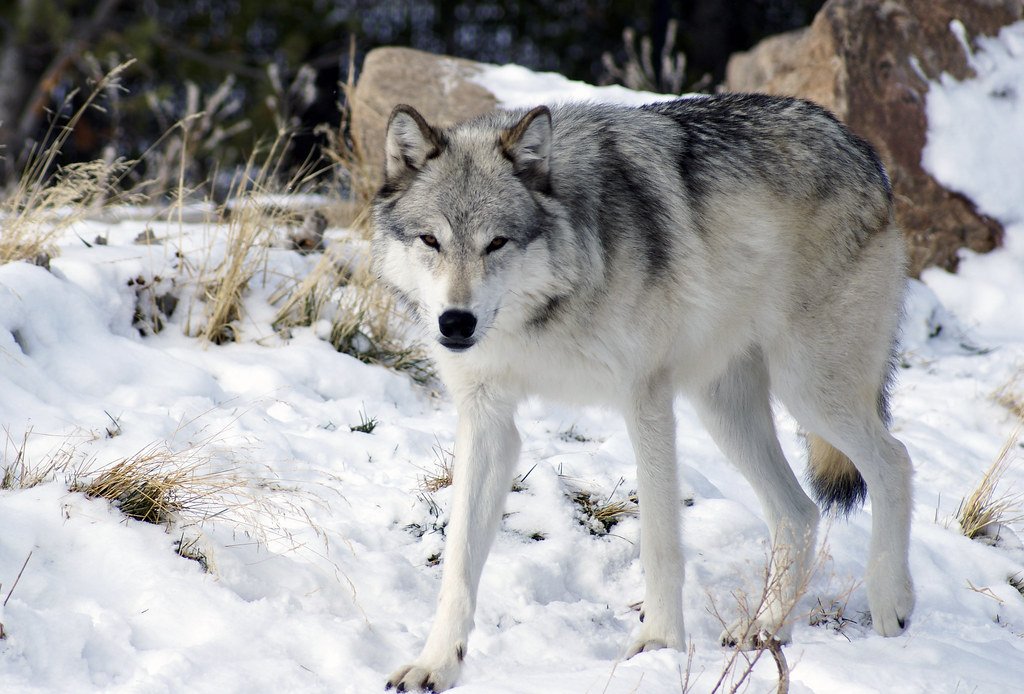
The story of Yellowstone’s wolves is a testament to how interconnected nature truly is. It’s astonishing to think that one animal, once hunted to the brink of disappearance, could set off a cascade of positive changes. The park’s rivers, trees, animals, and even climate have all felt the wolves’ touch.
If you ever needed proof that every creature has a role to play, look no further than Yellowstone. Wolves didn’t just restore balance—they brought the park back to life in ways no one expected. Isn’t it amazing how one wild howl could echo through an entire ecosystem?

